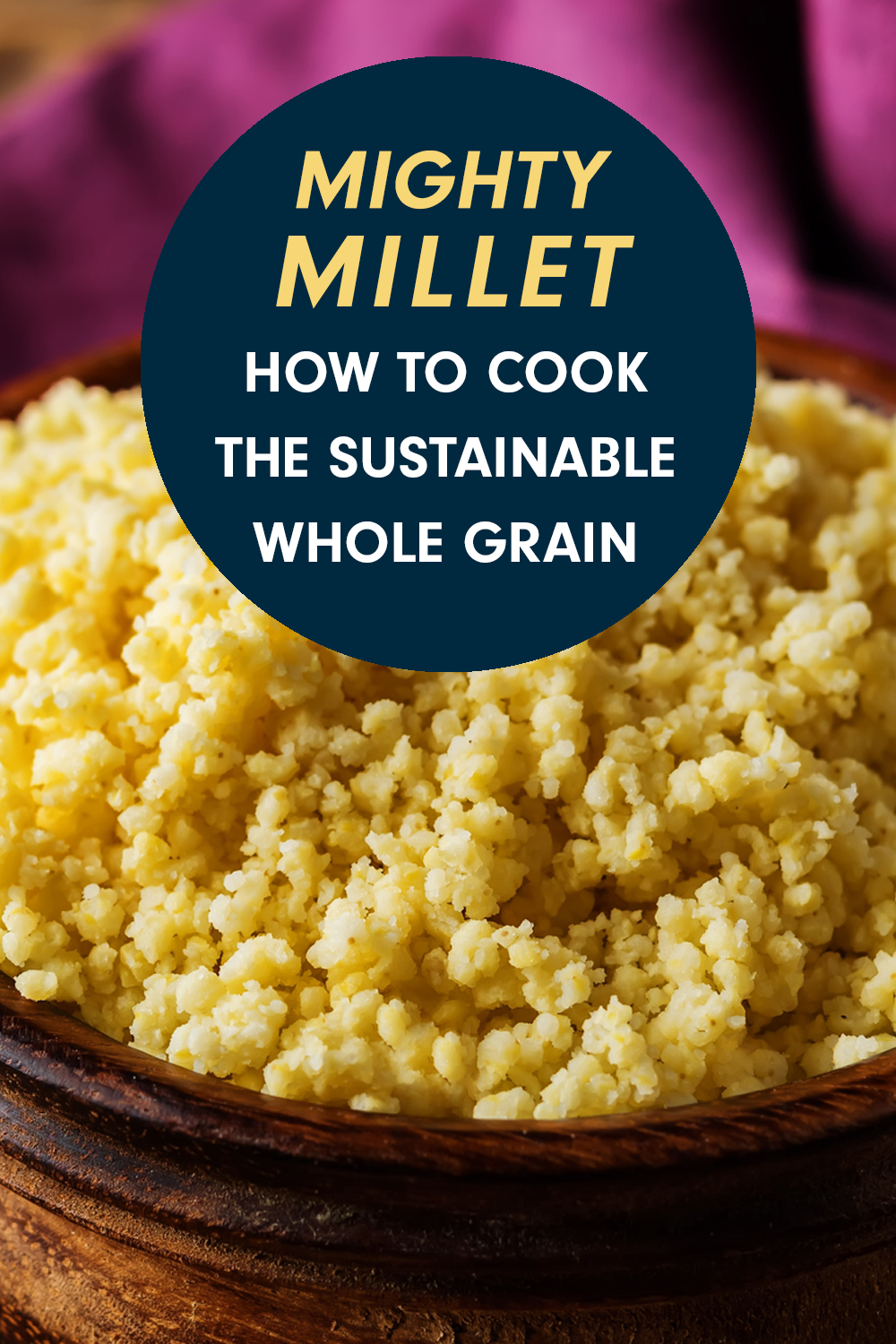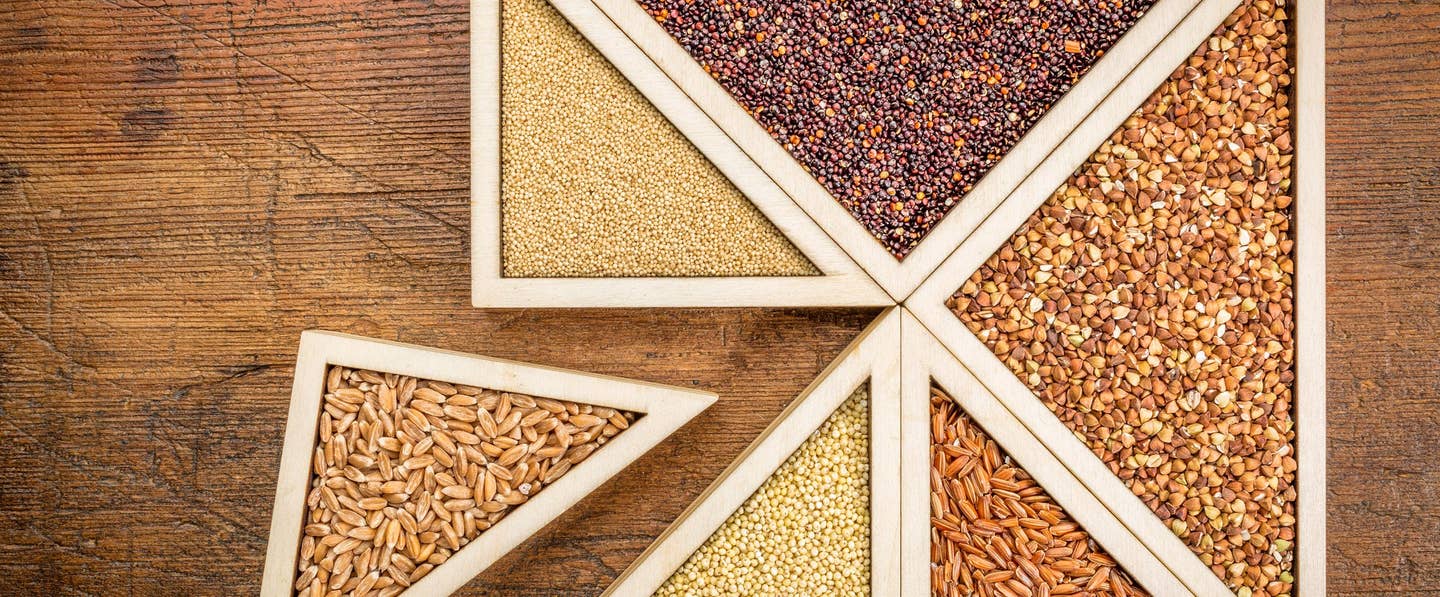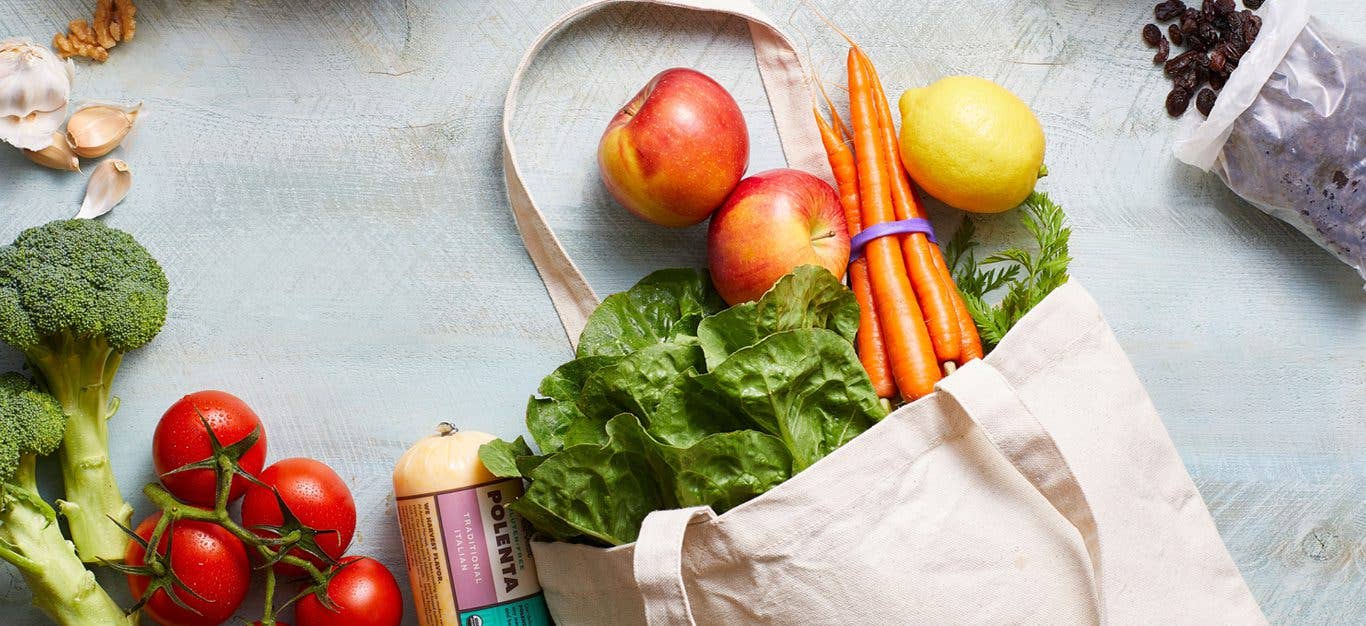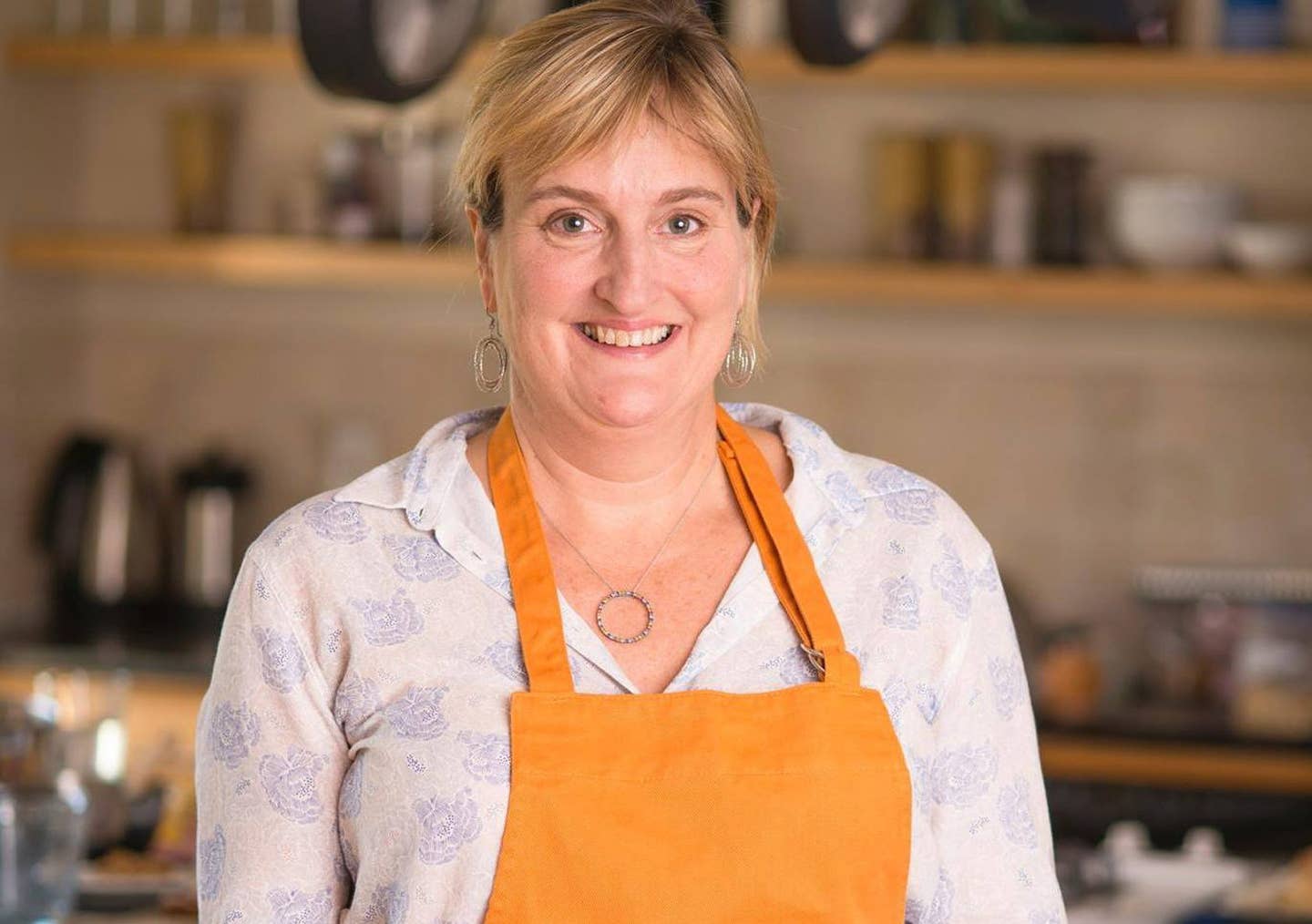The United Nations Food and Agriculture Organization declared 2023 the International Year of Millets (following in the footsteps of quinoa, which received the honor in 2012). In this guide to millet, we'll break down why the small but mighty grain should be in every whole-food, plant-based kitchen and give you cooking tips and recipes to try.
What Is Millet?
Actually, the question should be “What are millets?” Millets are a family of seed-producing grasses that hail from sub-Saharan Africa and have been cultivated as food for over 10,000 years. Round, yellow hulled millet has become increasingly popular in Western cuisines and is the type you’ll most likely find at the supermarket, along with fonio, which is a West African millet variety, and sorghum.
The UN’s decision to spotlight millet in 2023 stems from its potential to promote food security worldwide. Millet grows in just about any climate; varieties are cultivated from the chilly plains of Canada to the hot arid regions of Africa. Millet is also a nutritional powerhouse. It’s classified as a “nutri-cereal,” a food grain that’s especially high in essential nutrients.
Is Millet Gluten-Free?
Millet is gluten-free, which is one reason for the perfectly round seeds’ growing popularity. Millet flour is a light, slightly sweet option for gluten-free baking. As with oats, cross-contamination between millet and gluten-containing cereals is possible, so cooks who are especially sensitive to gluten should opt for certified gluten-free millet and millet products.
8 Reasons to Cook with Millet
We’re big millet fans here at Forks Over Knives. Here’s why.
1. Millet is delicious… and versatile.
Millet has a mild, grassy, corn-like flavor that pairs well with both sweet and savory ingredients. It’s delicious served on its own and can be used anywhere a recipe calls for couscous, bulgur, quinoa, or even brown rice.
2. It cooks in just 12 minutes.
Twelve minutes is all it takes to cook a pot of millet to creamy perfection on the stovetop. See the “How Do You Cook Millet?” section below for specifics that include converting cooking times to an Instant Pot/multicooker or rice cooker.
3. It's reasonably priced.
Hulled millet costs under half the price of quinoa, a similarly sized gluten-free whole grain.
4. Millet makes a great hot breakfast cereal.
Cooking millet in lots of liquid turns it into a luscious, soft porridge that can be served for breakfast or used like polenta in savory dishes. To make millet porridge, simmer 1 cup millet in 4 cups liquid (water, plant-based milk, or a combination) for 30 minutes, or until very soft.
5. Millet adds crunch to baked goods.
Raw millet seeds make a tasty, crunchy addition to breads and other baked goods. You can also toast the seeds 3 to 4 minutes in a dry skillet, then sprinkle over salads and grain bowls. It’s also great in granola.
6. You can sprout and pop millet.
Raw millet seeds can also be sprouted like mung beans and popped like popcorn (in a dry skillet over high heat) for crunchy additions to salads and sandwiches.
7. It's a nutritional powerhouse.
One cup of cooked millet clocks in at about 200 calories with 6 grams of protein and 2 grams of fiber. It’s also a good source of essential vitamins and minerals including magnesium and folate, and the finger (or ragi) variety of millet is high in calcium.
8. Millet is an ancient grain for the future.
Millet is a sustainable, drought-resistant crop that thrives in poor soil and feeds millions each year. Learn more on the UN International Year of Millets page.
Pre-Cooking Prep Steps
The following prep steps aren’t necessary for cooking millet, but can enhance the cooked grains’ flavor and texture.
Rinsing
It’s always a good idea to rinse whole grains before cooking, even if the package states they have been pre-washed. Rinsing millet removes any dust or debris and can reduce the risk of accidental gluten contamination. Rinsing also helps keep the cooked grains separate even as they cook.
Soaking
Many cooks like to soak millet before cooking. Soak millet anywhere from 30 minutes to overnight to make it more tender and digestible.
Toasting
Toasting millet in a dry pan 3 to 4 minutes before cooking it in water adds a nutty element to its flavor profile.
How to Cook Millet
Millet is as easy to prepare as a batch of rice, and 1 cup of raw millet will yield about 3 cups of cooked grains. Here’s a quick rundown of all the ways to prepare it.
Stovetop
Cooking millet on the stovetop lets you control the final consistency.
Instructions: Combine 1 cup millet with 2 cups water in a medium saucepan. Cover, and bring to a boil, then simmer the grains 10 to 12 minutes, or until tender and most of the liquid has been absorbed. Drain off any excess liquid.
Pasta-Style
When you cook millet like pasta in a large pot of boiling water, the grains remain distinct and fluffy like couscous.
Instructions: Simply bring a medium pot of water to a boil, and stir in the millet. Boil 10 to 12 minutes, or until just tender. Drain in a colander, then rinse under cold water, if desired.
Instant Pot (Multicooker)
Because Instant Pots and other multicookers lock in moisture and cook foods at a higher temperature, a little less water is needed to cook millet and other grains.
Instructions: Place 1 cup millet and 1¾ cups water in the Instant Pot or multicooker. Seal. Cook on high power for 8 minutes. Let the steam naturally release to ensure the grains are fully cooked.
Rice Cooker
The regulated heat of rice cookers is perfect for cooking millet and yields distinct, fluffy grains without clumps.
Instructions: Place 1 cup millet and 2 cups water in the rice cooker. Use the setting for white rice (10 to 12 minutes) to cook the millet.
How to Make Millet Flour
If a recipe calls for millet flour but you only have whole grain millet, make your own: Place dry, uncooked whole grains in a blender. Cover. Blend 30 to 40 seconds or until ground into flour. Use as directed in recipes.
Our Favorite Millet Recipes
Want more inspiration? Look no further than these deliciously easy recipes.
- Hearty Vegan Red Bean Chili
- Curried Millet Sushi
- Millet Loaf
- Blueberry Muffins
- Pumpkin Seed Granola with Millet & Oats
- Baked Peaches with Granola Topping
- Millet-Stuffed Chard Rolls
- Almond-Poppy Seed Cake
- Quinoa with Kale and Roasted Butternut Squash
- Millet and Kabocha Breakfast Parfaits
- Curried Millet Cakes
- Szechwan Slaw
Looking for more healthy-cooking inspiration? Check out Forks Meal Planner, FOK’s easy weekly meal-planning tool to keep you on a healthy plant-based path. To learn more about a whole-food, plant-based diet, visit our Plant-Based Primer.

Related News
Try Our Top-RatedMeal Planner Free

Forks Meal Planner takes the hard work out of making nutritious meals the whole family will enjoy.
SAVE $200 ON OUR ULTIMATE COURSE

Join our best-selling course at a new lower price!





